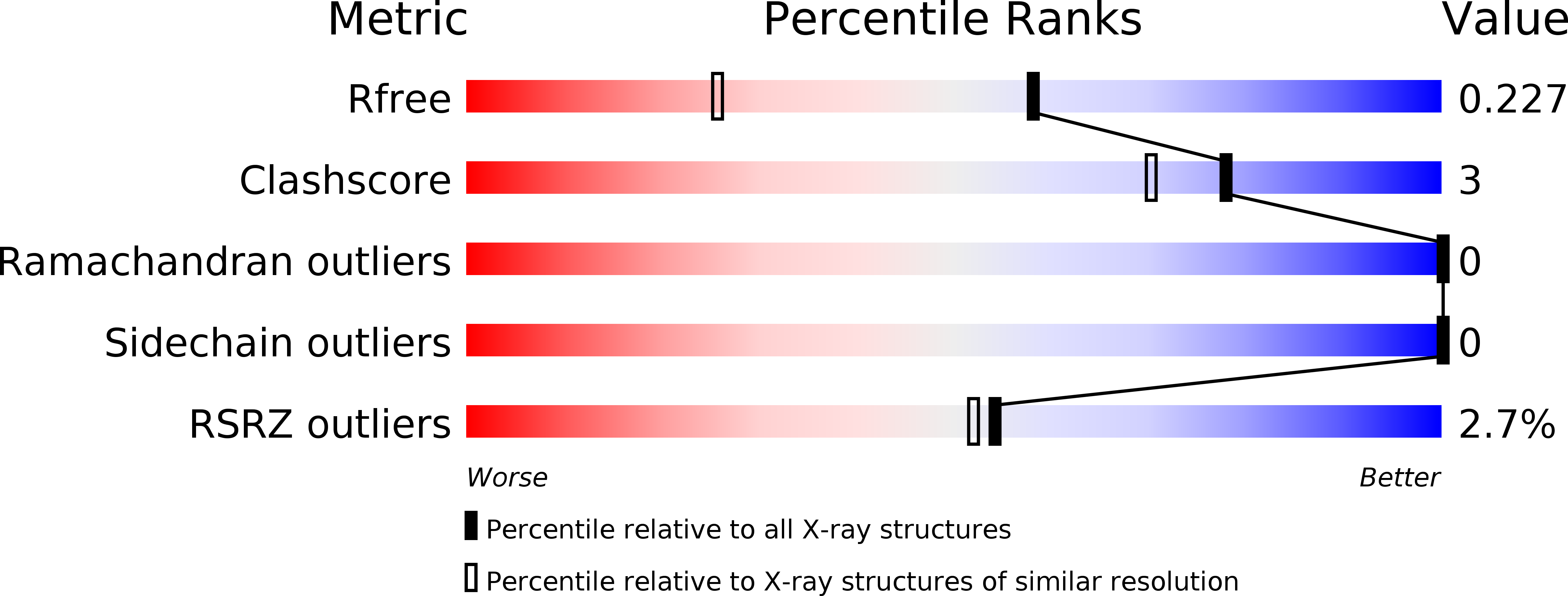
Deposition Date
2005-10-31
Release Date
2005-11-08
Last Version Date
2024-11-20
Entry Detail
PDB ID:
2EVE
Keywords:
Title:
X-Ray Crystal Structure of Protein PSPTO5229 from Pseudomonas syringae. Northeast Structural Genomics Consortium Target PsR62
Biological Source:
Source Organism:
Pseudomonas syringae pv. tomato str. DC3000 (Taxon ID: 223283)
Host Organism:
Method Details:
Experimental Method:
Resolution:
1.60 Å
R-Value Free:
0.21
R-Value Work:
0.19
R-Value Observed:
0.19
Space Group:
P 21 21 2


